Morire casting è un processo di produzione altamente efficiente e preciso in cui il metallo fuso viene iniettato in uno stampo in acciaio ad alta pressione. È ampiamente utilizzato per creare componenti metallici complessi che sono difficili o costosi da macchina con metodi convenzionali. Tuttavia, Il successo di qualsiasi progetto di casting dipende fortemente dalla qualità del design. Un design ben ponderato garantisce l'integrità strutturale, riduce al minimo i difetti, riduce i costi, e migliora la produzione.
Questo articolo fornisce una guida completa a Suggerimenti per il design del casting, Evidenziazione delle variabili critiche che ogni ingegnere e designer dovrebbe considerare quando sviluppano parti per questo processo.
Importanti considerazioni per il design del casting
La progettazione di un'efficace parte del cast richiede il bilanciamento di più fattori. Ecco le considerazioni più importanti:
Selezione dei materiali
Il casting da morire può essere eseguito con varie leghe, ad esempio:
Alluminio (leggero, resistente alla corrosione)
Zinco (elevata fluidità, adatto per parti complesse)
Magnesio (metallo strutturale più leggero)
Ogni lega ha proprietà diverse come il restringimento, conducibilità termica, e fluidità, Tutti che influenzano le decisioni di progettazione come lo spessore del muro, raggi di filetto, e requisiti di raffreddamento.
Design da morire
Il dado deve essere abbastanza forte da resistere ad alta pressione e temperatura senza deformarsi. La lavorazione accurata della matrice garantisce una consistenza dimensionale in ogni ciclo.
Espulsione e core
Le parti devono essere progettate per una facile espulsione per evitare danni e ridurre il tempo di ciclo. I design del core devono anche consentire una facile rimozione senza attaccare o distorcere la parte.
Funzionalità
Parti di fusione del cast utilizzate in applicazioni ad alto carico o critiche (per esempio., settore automobilistico, aerospaziale) richiedono rinforzi e tolleranze specifiche rispetto alle applicazioni cosmetiche o leggere.
Suggerimenti per il design dei migliori per la fusione - Variabili chiave
Filetti e raggi
Filetti e raggi sono fondamentali per eliminare gli angoli affilati, ridurre le concentrazioni di stress, e migliorare il flusso di metallo.
Suggerimenti:
Evita gli angoli interni affilati
Usa almeno un raggio 1 mm (più grande nelle zone ad alto stress)
Applicare raggi coerenti in tutto il design
Incorporare angoli di bozze (in genere 1–3 °) per aiutare nella rimozione in parte
Spessore della parete
Lo spessore della parete influisce sul tempo di raffreddamento, pressione di lancio, e peso complessivo in parte. Il mantenimento dello spessore della parete uniforme impedisce problemi come porosità e deformazione.
Spessore minimo consigliato a parete:
| Materiale | Piccole parti (mm) | Grande parti (mm) |
| Alluminio | 1.016 | 2.032 |
| Zinco | 0.381 | 0.889 |
| Magnesio | 1.016 | 2.540 |
Avoid abrupt changes in wall thickness to prevent hotspots and shrinkage cavities.
Costole e angoli esterni
Ribs are added to strengthen thin walls without significantly increasing weight. External corners need careful attention to avoid stress buildup.
Suggerimenti:
Prioritize rib placement on the thinnest sections
Maintain uniform rib spacing
Avoid sharp external corners; use generous radii instead
Rib thickness should be about 50–60% of wall thickness
Finestre e buchi
Finestre (cutouts) and holes are often required for assembly, airflow, or material savings, but they can weaken a part if not designed properly.
Suggerimenti:
Round all edges of holes and cutouts
Keep features away from corners and load-bearing areas
Apply generous draft angles on side-wall holes
Avoid unnecessary post-machining when possible
Funzionalità post-machined
Some geometries like threads, sottosquadri, or tight-tolerance bores may need post-machining, che aggiunge tempo e costo.
Linee guida per il design:
Mantieni al minimo la post-lavorazione
Design Caratteristiche per un facile accesso agli strumenti
Usa i core per evitare la lavorazione secondaria ove possibile
Impostare tolleranze realistiche per evitare rottami non necessari
Linee di separazione
Le linee di separazione sono le cuciture visibili in cui si incontrano due metà muoiono. La loro posizione influisce sia sulla funzione che l'aspetto.
Suggerimenti:
Posizionare le linee di separazione in aree meno visibili
Evita di metterli su superfici funzionali
Aspettatevi un flash che deve essere rimosso nel post-elaborazione
Bilancia i requisiti estetici con la produzione
Gradi di finitura superficiale
Le parti del cast di die hanno livelli di finitura diversi in base al loro uso finale. Ogni costo di equilibrio di grado costo, aspetto, e requisiti funzionali.
| Grado | Nome | Caso d'uso tipico | Finitura di qualità |
| 1 | Grado di utilità | Componenti interni o protetti | ⭐ |
| 2 | Grado funzionale | Polimerizzato, parti dipinte | ⭐⭐ |
| 3 | Grado commerciale | Uso strutturale e semi-cosmetico | ⭐⭐⭐ |
| 4 | Grado di consumo | Superfici visibili, Buon aspetto | ⭐⭐⭐⭐ |
| 5 | Grado superiore | Uso estetico o sigillante di fascia alta | ⭐⭐⭐⭐⭐ |
Scegli il grado più basso necessario per ridurre al minimo i costi soddisfacendo le esigenze funzionali.
Morire i servizi di casting di TOP
Alla precisione TOPS, Offriamo ad alta precisione Die Services di casting per alluminio, magnesio, e leghe di zinco. Il nostro team ti supporta dalla progettazione alla produzione, Offrire consulenza di esperti sulla selezione dei materiali, Strategie di riduzione dei costi, e metodi di produzione ottimali.
Come iniziare:
Invia il tuo file CAD a noi via e -mail
Ricevi un preventivo istantaneo con opzioni materiali e quantità
Regola il tuo design online per valutare le opportunità di risparmio dei costi
Se hai bisogno prototipi O Parti su scala di produzione, Tops ti aiuta a ottenere risultati di alta qualità con tempi di consegna efficienti e controllo dei costi.
Conclusione
Progettare per il casting è un processo sia tecnico che creativo. Considerando lo spessore del muro adeguato, filetti, costolette, angoli di tiraggio, e opzioni di finitura, Puoi migliorare drasticamente le prestazioni della tua parte e ridurre i costi di produzione. Ricordare, Il successo di un progetto di casting sta nei dettagli, quindi usa questi suggerimenti per rendere il tuo prossimo design più intelligente ed efficiente.
Per servizi di casting affidabili, competenza materiale, e feedback del design, Tops è il tuo partner di fiducia.
Per saperne di più:
Opzioni di finitura superficiale
Meta titolo:
Suggerimenti per il design per il casting: Best practice per funzionale & Parti convenienti
Meta Descrizione:
Esplora suggerimenti per il design del casting esperto compresi i filetti, spessore del muro, costolette, post-lavorazione, e finitura superficiale. Scopri come ottimizzare le tue parti con la precisione delle cime.
Parole chiave suggerite:
Suggerimenti per il design del casting
pressofusione di alluminio
morire lo spessore della parete di lancio
Funzionalità post-machined
Design delle costole nel casting
angoli di bozza nel casting

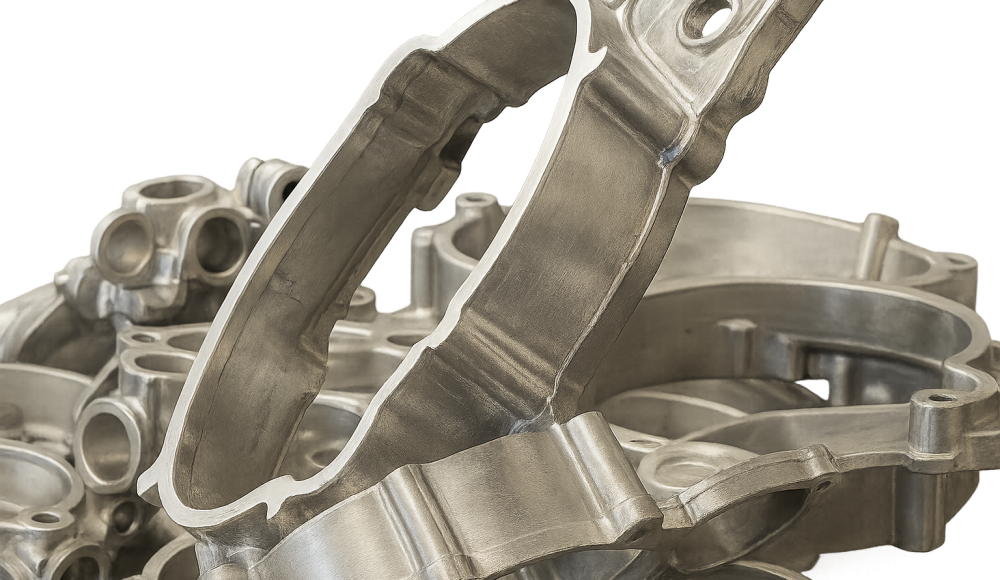
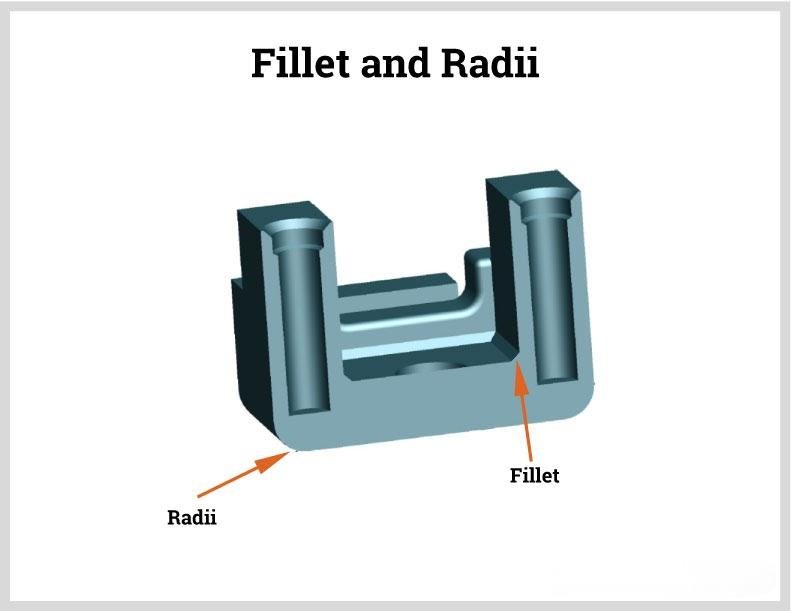
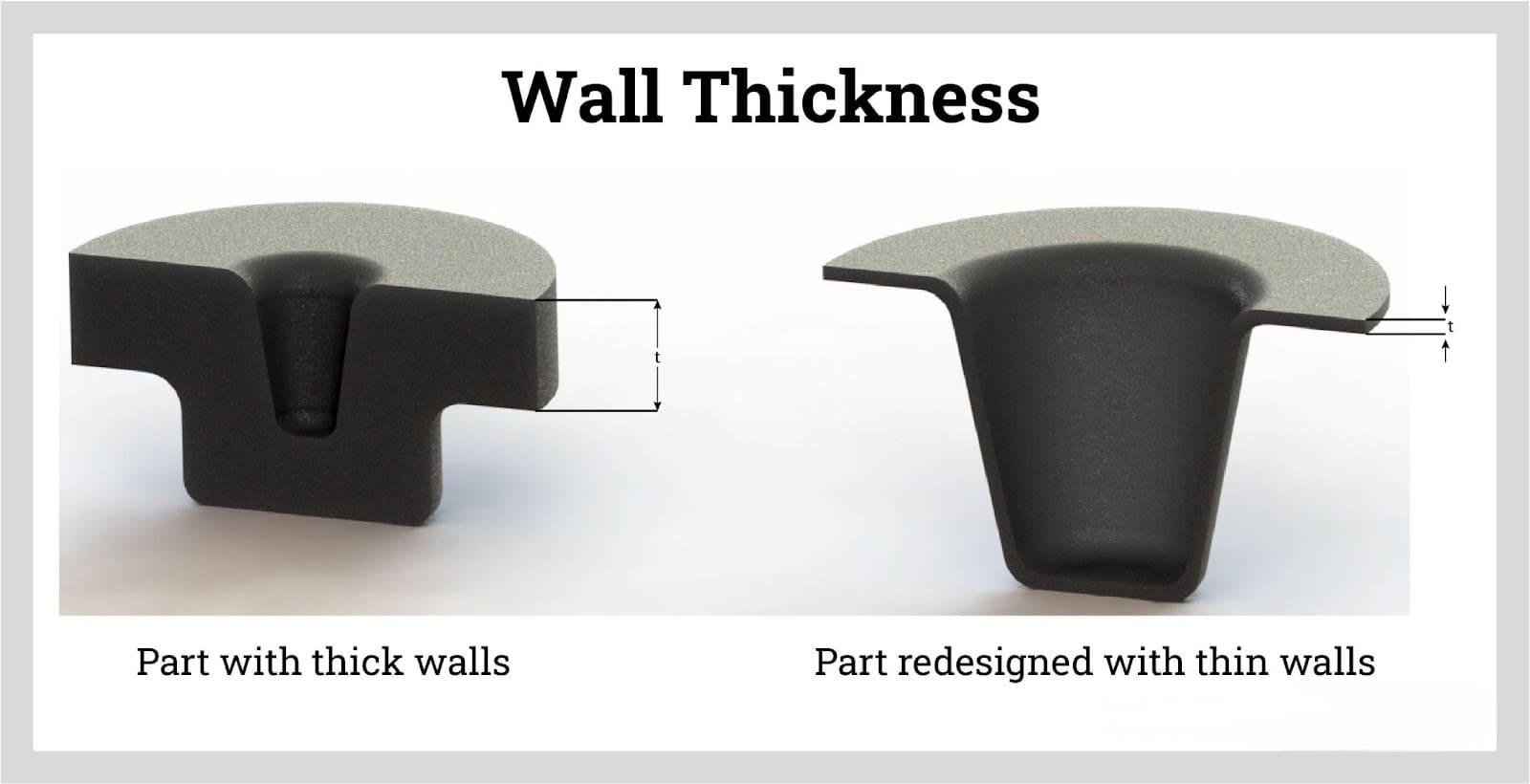
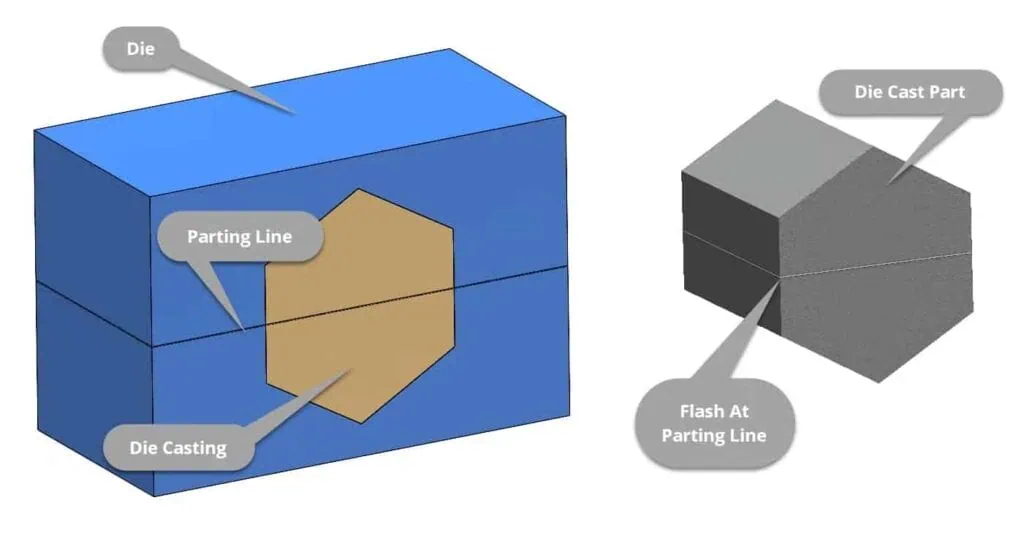
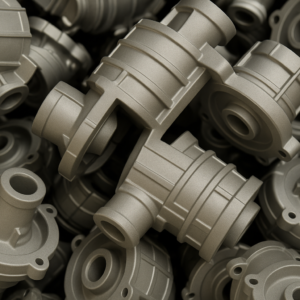
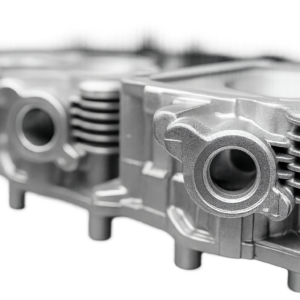
2 pensieri su "Suggerimenti per il design per il casting: Una guida completa per parti ottimizzate”